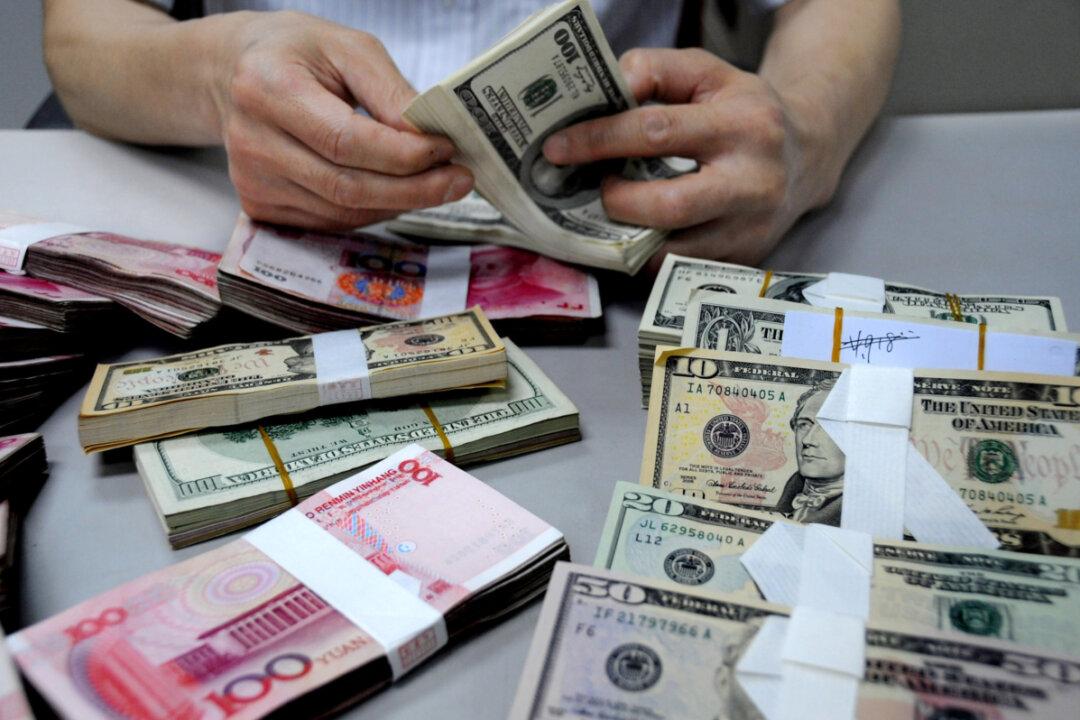News Analysis
The devaluation of China’s currency, the yuan, has plummeted to its lowest point this year due to failed government interventions amid the economic depression.

The devaluation of China’s currency, the yuan, has plummeted to its lowest point this year due to failed government interventions amid the economic depression.